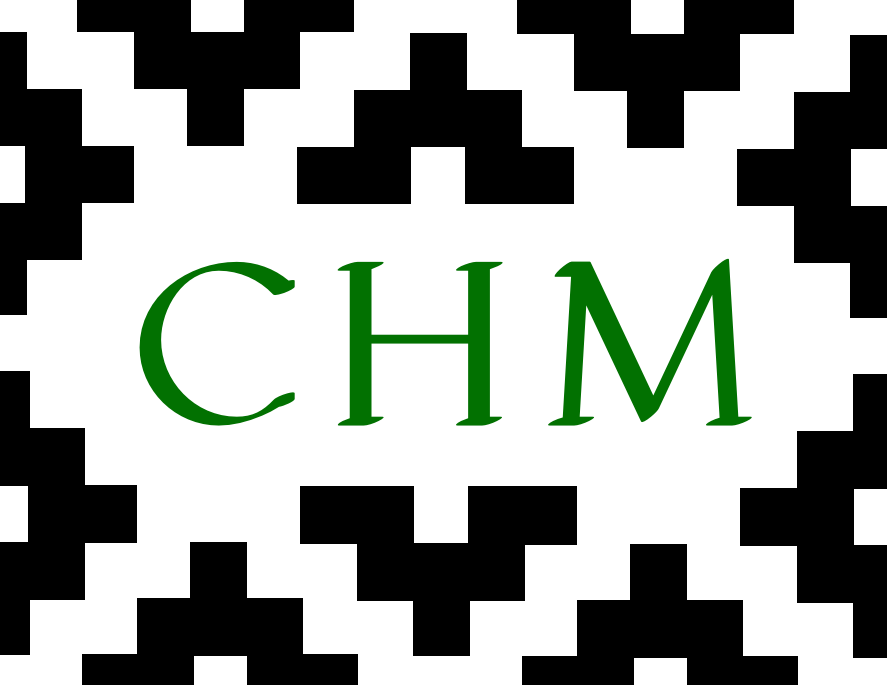Partially Transcribed
Fr. Bernhard Havestadt (1714-1778), a German Jesuit, was the author of one of the two 18th century grammars of Mapudungun. A native of Köln, he left the Westphalia monastery of Horst-Maria for the ‘Indies’ in 1746, taking up his post in the region of La Frontera in March of 1748. Here he remained for twenty-two years, leaving a lively record of his evangelisation work and travels.
His grammar,though apparently available in a Spanish-language manuscript in the mid-1750’s, was published — in Latin — only in 1777 as Chilidúģu: Sive Tractatus Linguæ Chilensis. This work — part grammar and vocabulary, and part compilation of texts, and travel-log — spans three volumes and nearly one thousand pages.
Although he was based in the Jesuit mission of Santa Fe, near present day Nacimiento, at the northernmost edge of Croese’s Dialect II area for Mapudungun (1980), he travelled much more widely in the Mapuche territories than the other grammarians. To the south, he reached all the way to Calbuco, at the northern edge of the Chiloé Archipelago, well into what today would be the southernmost dialectal area, i.e. Huilliche, or Dialect VIII. To the east, he travelled across the Andes to the pampas (today Argentina) where he visited Mendoza and other localities, interacting with Mapudungun-speaking groups there. On both sides of the Andean slopes, he encountered a number of Mapuche groups as well, most likely speaking a predecessor of today’s Pehuenche (Dialect IV). In sum, Havestadt was probably most influenced by the northern varieties of the language, although he was no doubt aware of dialectal differences, having experienced all three major dialect forms (north, central and south). By 1756 he had retired from active service due to health issues, staying in Chile until 1768, when he travelled to Lima for some time, to later return to Westphalia in 1770.
The nearly one thousand pages of Havestadt’s work are divided into seven parts:
• Part I: The grammar or Art of Chilidúģu (‘Chile-speech’), or Mapudungun, which follows closely the structure of Valdivia’s Art.
• Part II: A translation of the Indiculus Universalis by the French Jesuit François Pomey.
• Part III: A prose and verse translation of the Catechism.
• Part IV: A Mapudungun to Latin vocabulary.
• Part V: An index of Latin words.
• Part VI: A collection of sheet music annotated according to the sections of the verse Catechism they are meant to be sung to.
• Part VII: A map and diary of Havestadt’s travels in the Mapuche territories, which presents us with a number of interesting cultural details about missionary and Mapuche life, as well as with the details of the dialects the missionary was exposed to.
For now, we present only the first section of Pars Secunda: Indiculus universalis and the full Pars Quarta - Voces Indicæ ordine alphabetico.
Our thanks go out to David Fenton-Smith for his careful work in correcting the transcriptions of Havestadt’s vocabulary.
MAPUDUNGUN-SPANISH VERSION OF HAVESTADT’S VOCABULARY
In the context of the project El Vocabulario Mapudungun Latín del padre Bernardo Havestadt (1777). Un aporte a nuestro conocimiento de la historia y la cultura mapuche Folio 496690, funded by Chile’s Fondo del Libro y la Lectura, we include her a Mapudungun-Spanish version of Havestadt’s vocabulary (Pars Quarta).
The translation of Havestadt’s definitions from Latin to Spanish are the work of Miguel Carmona Tabja and Constanza Martínez Gajardo, to whom we are enormously grateful for giving us the chance to share this material.
We are also very grateful to Roberto Bahamonde Andrade for his comments on the Vocabulary’s translation.
Un-Tagged (Web – Vocabulary Mapudungun-Latin) Un-Tagged (Web – Vocabulary Mapudungun-Spanish) Un-Tagged Text (Web – Indiculus) PDF Text (Image Scans Vol 1) PDF Text (Image Scans Vol 2)